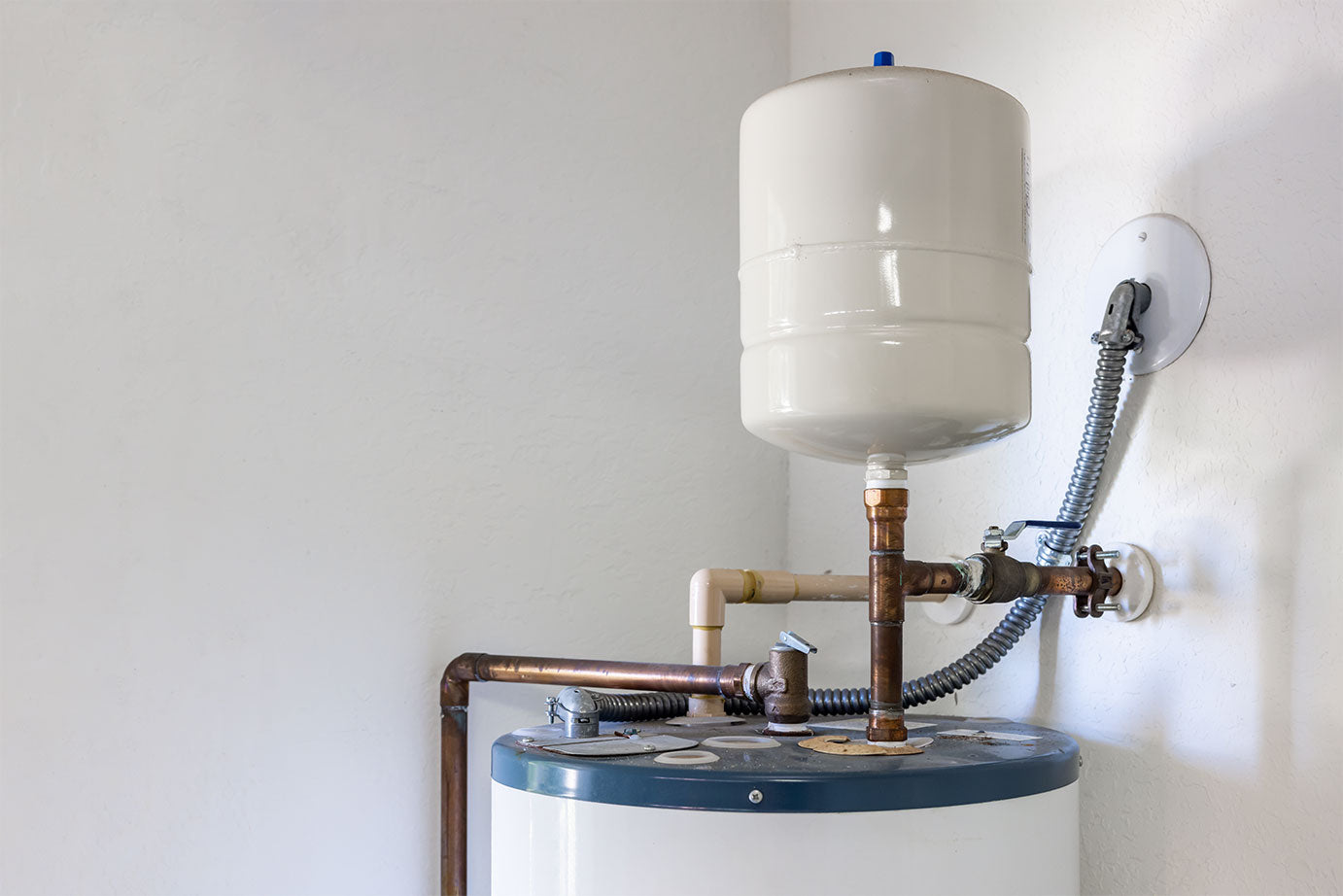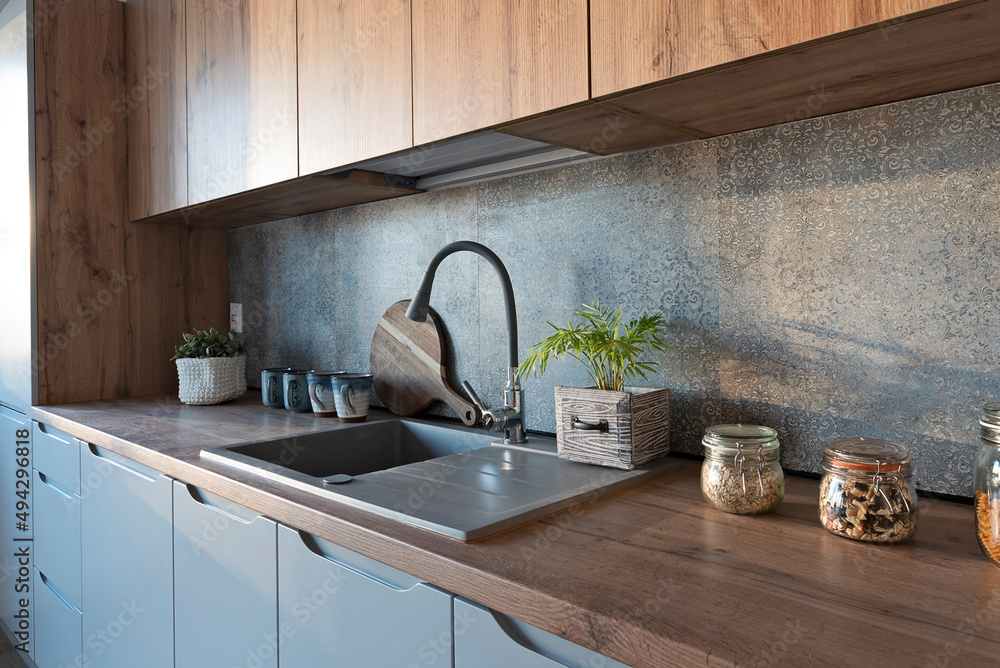Insights into the Future of Plumbing: Patterns and Advancements
Insights into the Future of Plumbing: Patterns and Advancements
Blog Article
This great article which follows on the subject of The Future Of Plumbing: Trends And Technologies To Watch is truly enjoyable. Give it a go and draw your own personal final thoughts.

Introduction
The pipes sector is undergoing a transformative phase driven by technical innovations and expanding concerns for sustainability and efficiency. This short article discovers emerging patterns and innovations shaping the future of pipes.
Regulative Landscape
Governing structures play a vital duty fit the adoption of plumbing technologies, with requirements and codes controling every little thing from water efficiency to product safety and security. As innovations remain to progress, regulatory bodies must adjust to make certain consumer security and ecological stewardship.
Future Overview
The future of plumbing is defined by proceeded innovation and combination with other industries such as IoT, renewable resource, and building automation. By welcoming lasting practices, leveraging arising technologies, and focusing on user-centric layout, the plumbing industry is positioned to deal with the developing demands of culture while reducing its ecological impact.
Enhanced Fact in Pipes
Increased Fact (AR) technology is changing pipes by giving service technicians with real-time aesthetic guidance for fixing and fixing tasks. AR-enabled clever glasses or mobile applications overlay electronic information onto the physical atmosphere, helping plumbing technicians envision pipeline formats, determine hidden leaks, and carry out fixings with precision.
Impact of 3D Printing
The advent of 3D printing has presented new possibilities in making pipes elements. From custom-designed fixtures to elaborate pipe fittings, 3D printing permits quick prototyping and on-demand production, minimizing lead times and making it possible for higher personalization in pipes design.
Health And Wellness Characteristics
In reaction to enhanced problems for health and safety, plumbing components are incorporating functions such as antimicrobial surface areas, touchless operation, and self-cleaning systems. These technologies not just improve health yet additionally promote user convenience and ease.
Hygiene-focused Components
Touchless taps, self-sanitizing bathrooms, and antimicrobial surface areas are ending up being increasingly common in domestic and industrial settings, lessening the threat of bacterium transmission and advertising a cleaner, much healthier setting.
Water High Quality Monitoring
Improvements in water quality tracking technologies allow property owners to keep an eye on the pureness and safety and security of their water supply in real-time. Smart water high quality sensors can find contaminants, pH levels, and temperature level variations, encouraging users to take aggressive steps to ensure water safety and security.
Remote Pipes Solutions
Remote diagnostics and online assistance are revolutionizing the way pipes solutions are provided. With video clip conferencing and remote gain access to innovations, plumbing professionals can repair concerns, provide guidance for DIY fixings, and even perform remote inspections, providing higher ease of access and ease to homeowners.
Difficulties and Opportunities
While pipes technologies hold tremendous promise, they also existing obstacles such as information privacy concerns, governing compliance, and the demand for labor force training. Resolving these difficulties requires cooperation in between sector stakeholders and governing bodies to make sure risk-free and responsible application of new modern technologies.
Smart Pipes Equipments
Including wise innovation into plumbing systems allows remote tracking, leak discovery, and automated maintenance. Smart sensing units and IoT (Internet of Points) devices permit homeowners and plumbing technicians to keep track of water usage and identify problems in real-time, resulting in much more effective source administration and positive upkeep.
Water Performance Solutions
With boosting focus on water preservation, innovative remedies are being developed to minimize water waste in plumbing systems. High-efficiency fixtures, greywater recycling systems, and smart watering controllers are among the innovations helping customers lower their water impact while keeping comfort and ease.
Sustainable Products
The shift towards sustainability encompasses pipes materials, with an expanding choice for environment-friendly alternatives. Naturally degradable piping materials, such as PEX (cross-linked polyethylene) and HDPE (high-density polyethylene), offer resilience and resistance to rust without endangering environmental honesty.
Predictive Upkeep
Anticipating maintenance methods take advantage of data analytics and machine learning formulas to anticipate and protect against plumbing concerns prior to they take place. By examining historical information and performance metrics, anticipating maintenance formulas can identify patterns and abnormalities, allowing positive interventions to prevent costly fixings and disturbances.
Final thought
In conclusion, the future of plumbing is specified by a merging of modern technology, sustainability, and user-centric layout. By welcoming wise options, sustainable products, and positive upkeep practices, the pipes industry can improve performance, promote safety and security, and add to a more lasting future.
Plumbing Industry Trends You Need To Know
Smart technology in plumbing
Homeowners want to be able to manage their homes from their phones. The technology exists to make that happen. From smart toilets to leak detector devices, the whole plumbing system can be managed on an interconnected network made up of sensors, IoT devices, and machine learning algorithms.
This allows for wireless control to turn appliances on and off, automate routines, and access advanced monitoring to track water usage and flag potential issues. Smart technology streamlines water consumption, maintenance and energy usage, creating a more efficient system.
Green plumbing
The data analysis possible with smart technology not only improves convenience and cost-effectiveness but also fulfills a high-priority customer desire – sustainability. Consumers are very aware of their impact on the planet and want plumbing solutions to reduce damage and support sustainability. Eco-friendly plumbing solutions are already starting to emerge.
Customers can opt for low-flow toilets, water-saving faucets, and connections to sustainable energy sources. Beyond monitoring water consumption, customers can conserve water through the installation of greywater systems. This is a system that collects water that has been used but is still clean enough for some household uses such as toilet flushing.
Shorter product pipeline
To keep up with modern plumbing, plumbers need modern tools that enable them to complete jobs more efficiently. One technology making strides in this area is 3D printing. By 3D printing key plumbing fixtures, plumbers can reduce wait times even for specialized fixtures. It minimizes delays often seen in traditional manufacturing that frustrate customers and prevent plumbers from taking on more work.
Off-site repairs
Augmented reality is making a splash in many industries including plumbing. Plumbers can map a building online so they can explore the plumbing system through augmented reality, identifying areas of maintenance and repair completely digitally. This technology can be applied quite widely in plumbers’ work including planning installations and training new recruits. It’s safer, smarter and more efficient.
Low-footprint materials
Another way for plumbing companies to reduce their environmental footprint and meet the customer demand for sustainability is by using recycled materials in their work. The products they source and manufacture such as pipes, fixtures and faucets can be made from recycled materials. This saves the planet while being just as effective.
Onsite water purification
Additionally, plumbing companies can be advocates of water conservation and ease the financial and environmental concerns of customers by offering water purification systems. New water purification technology such as reverse osmosis systems and UV systems make it possible for homeowners and business owners to thoroughly cleanse water, removing contaminants onsite. This means the water can be safely reused in more ways than greywater can be, establishing a water recycling loop.
Tankless water heaters
Another innovation of modern plumbing is tankless water heaters. The idea is that the water is heated on demand as it runs through the system instead of being heated in a water tank. This is more energy efficient and therefore cost-effective and eco-friendly because water isn’t heated needlessly.

I stumbled upon that piece on The Future Of Plumbing: Trends And Technologies To Watch when surfing the web. Are you aware of another person who is in the market for the subject? Do not hesitate to share it. Thanks a bunch for your time. Come back soon.
Book Report this page